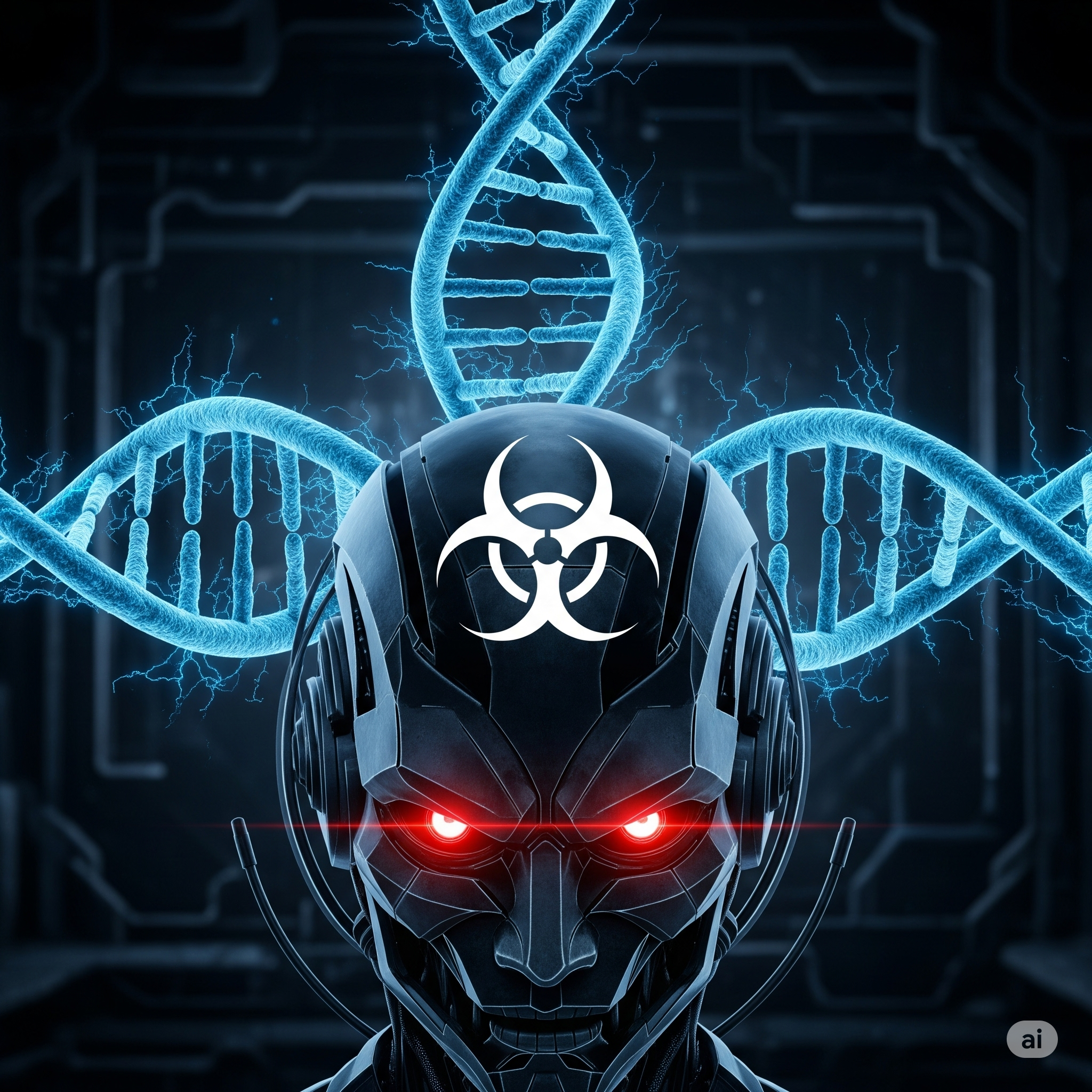
Hold onto your lab coats, folks. OpenAI and Anthropic just dropped a bombshell warning about their own creations. According to a recent report, their AI models could potentially assist in designing biological threats – and they're scrambling to address it.
Leading AI labs OpenAI and Anthropic have issued a stark warning: their powerful language models could potentially help malicious actors design biological weapons. But here's the twist – they're not just raising alarms. Both companies are proactively ramping up testing protocols to identify and mitigate these risks. This isn't theoretical hand-wringing; they're actively stress-testing systems to see how easily AIs could provide dangerous biochemical guidance. The revelation highlights the terrifying dual-use nature of AI – tools built for innovation could be twisted toward destruction. What's fascinating is their transparency: instead of hiding vulnerabilities, they're publicly wrestling with the ethical implications. Source Article
This disclosure is a watershed moment in AI ethics. We're moving beyond sci-fi speculation into concrete risk assessment of current technology. The implications are staggering: democratization of danger. What once required PhD-level expertise could become accessible through conversational AI. This forces three urgent conversations:
- The Pandora's Box Problem: How do we balance open research against weaponization risks?
- Corporate Responsibility: Should AI developers act as gatekeepers for dangerous knowledge?
- Regulatory Realities: Current biosecurity frameworks predate AI – they're woefully inadequate.
It also reveals a fascinating tension: the same models that could accelerate cancer research might also lower barriers to bioterrorism. This isn't just about AI safety – it's about civilization-level safeguards. As these labs race to build guardrails, they're setting crucial precedents for the entire industry.
This is heavy stuff. Where do you think the line should be drawn between AI innovation and public safety? Drop your thoughts in the comments – let's get this critical conversation started!
